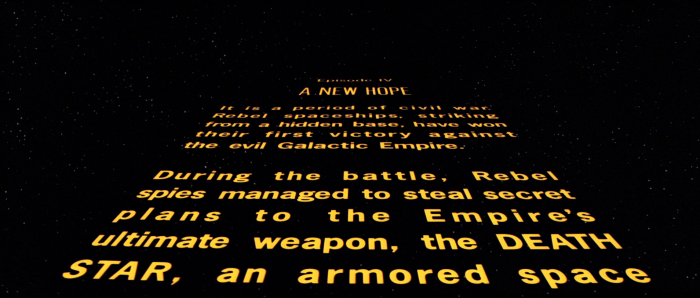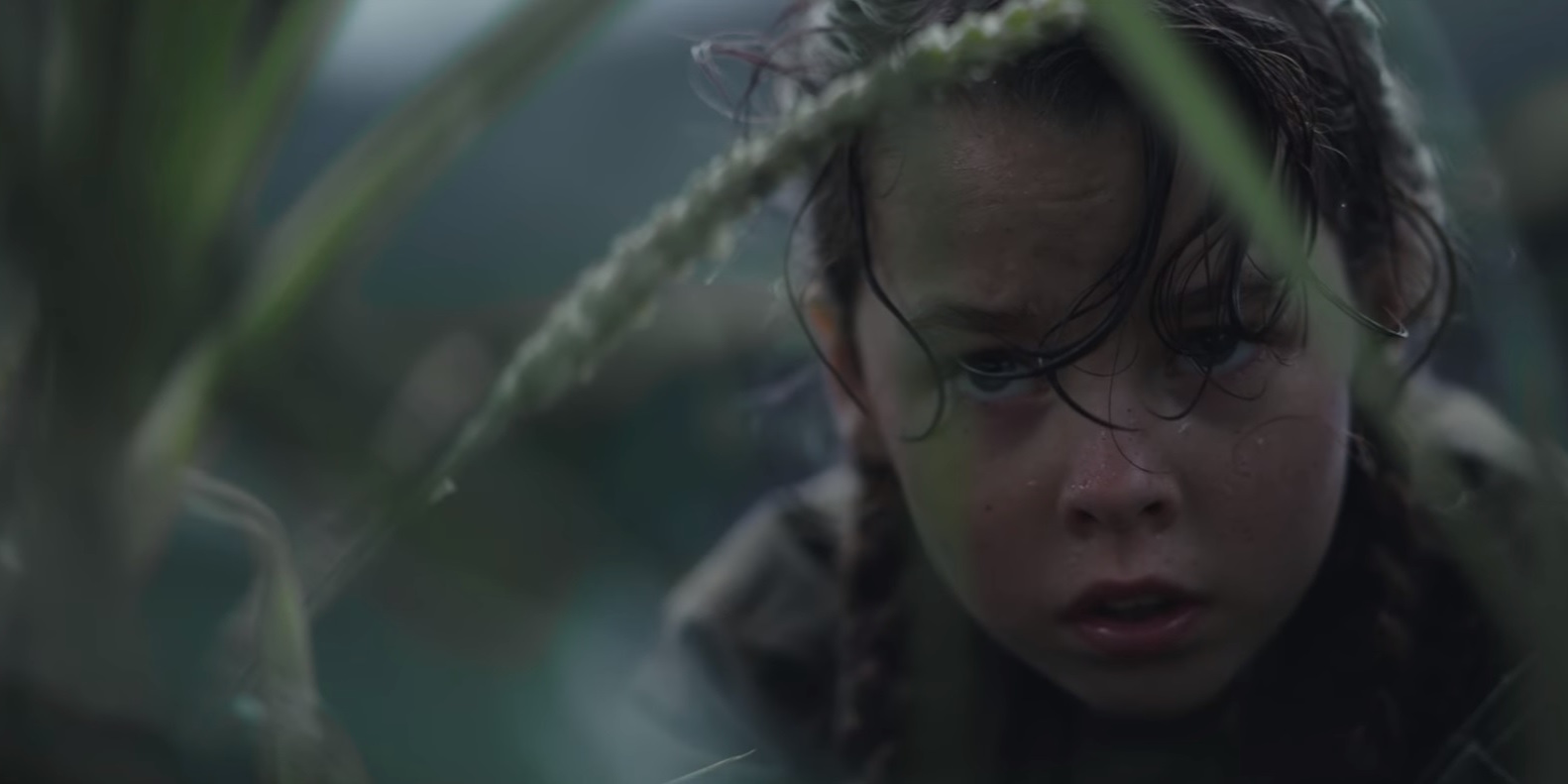(Contains light spoilers; parents can consider them advance warning)
Parents planning to take their children to see the biggest movie of the holidays may be in for some tricky surprises…
Rogue One: A Star Wars Story isn’t about the iconic characters we’ve come to know and love since the franchise first appeared in 1977. While it slots perfectly into the timeline of events leading from Anakin Skywalker’s gradual transformation into Darth Vader up to his own children’s eventual battle against the evil Galactic Empire, Rogue One focuses on characters who were only mentioned in passing in the ’77 – ’83 Episodes IV, V and VI. (It’s not the first “spin off” though – some of us remember the regrettable Ewok movies, no matter how hard we try to forget). So, if your kids are expecting to see BB-8, Rey, Finn, Poe, Chewie, Luke or friends, better warn them in advance that this is not going to happen. We’re going to be saying hello (and goodbye) to a lot of new people.
If you think about it, us grown-ups have known about Rogue One’s plot ever since it was mentioned in the opening crawl of Star Wars: A New Hope:

So, we’re aware that Rebel spies stole the plans for the Death Star. What we weren’t aware of was the tremendous risk, sacrifice and loss of life it required. Never has it been more apparent that Star Wars is – as the title proclaims – a war saga. As with all wars, countless soldiers and innocent non-combatants are slain in the name of a strategic objective. Wars also present fundamental challenges of dehumanising moral ambiguity: is it ever really OK to torture or kill people, even if you have a “cause”? The heroine and heroes of Rogue One must take on incredible odds (“Never tell me the odds!”, as Han Solo would later bellow), setting out on an impossible mission against ridiculous firepower, not fighting for their lives, but for something greater: universal freedom from domination by the dark forces of the Empire. The plans for the Death Star that Jyn Erso (Felicity Jones) and her determined yet war-weary band of mates set out to steal represent the very “hope” that appears in the title of A New Hope… and they come at the ultimate price.
Like The Force Awakens, Rogue One is classified M (15+) in Australia, because it contains “science fiction violence”. M is an advisory category, which means kids under 15 are legally able to access it based on their parent / guardian’s decision on whether it is appropriate. So: there are no bullets and no blood or gore, but there’s a space-age ship-ton of lasers, blasters, staffs, explosions, spacecraft-rammings, and epic, epic planet-destroying superweapons. Also, Star Wars is now owned and produced by Disney, who – we all know – are not afraid of playing a Requiem Mass on your heartstrings by confronting you with tear-jerking plotlines (lookin’ at you, Bambi’s Mum and Kylo Ren’s dad).

Rogue One presents a “teachable moment” to talk to children about wars and death. Whether your children are old enough for a complex conversation like this is subjective; obviously, kids (and their temperaments) develop at different rates. However, child psychologists point out that after the age of nine, kids are better able to understand the universal and irreversible nature of death and can grapple with its philosophical implications. Conversely, pre-school aged children tend to think of death as temporary and reversible, and that things can come back to life (partially as a result of the media they watch). Between five and eight, children are only just starting to understand that death is final. They can be traumatised by the scary concept of death, especially if it is explained ambiguously (“lost”, “passed away”); for example, if you tell a five-year-old that Uncle Han “has gone to sleep forever”, they may become frightened of sleeping.
The upshot is, if you plan to take a child younger than nine to see Rogue One, it would be wise to talk to them first and help them understand that this is a movie about a war, and because wars are violent and try to resolve conflict with killing, good people get killed in this story. One comforting factor is that (apart from the rampaging “collateral damage” and one particular P.O.W. droid) the Rebels in question have specifically chosen to risk their lives to fight the Empire. They have committed themselves to remaining in the light and defending hope. Why they have made that choice is a philosophical debate you can enjoy until the next Star Wars film comes out.
In other advice:
- Go to a 2D session if you can. This isn’t a story whose value relies on 3D, and younger peeps will probably just find the glasses and 3D effects overstimulating.
- The movie is over 2 hours long. Get an aisle seat, and if you’re taking more than one kid, maybe bring another adult to mind the squad while you escort children on their inevitable pee breaks.
- I recommend watching Episode IV: A New Hope A.S.A.P. after seeing Rogue One, because – in showing how important those Death Star plans were – it mitigates some of the calamity of Rogue One.
- I know adults who cried at this film – from both nostalgic exhilaration at re-living elements of their childhood, and trauma at the inevitable tragedy of the war depicted. That said, I was less scarred by Rogue One than I was about That Horrible Thing That Happened Near the End of The Force Awakens, Oh God I Still Can’t Talk About It.
The verdict: Go and see the film yourself first, and then decide whether your child should watch it yet. This one’s heroic, but not light-hearted.


